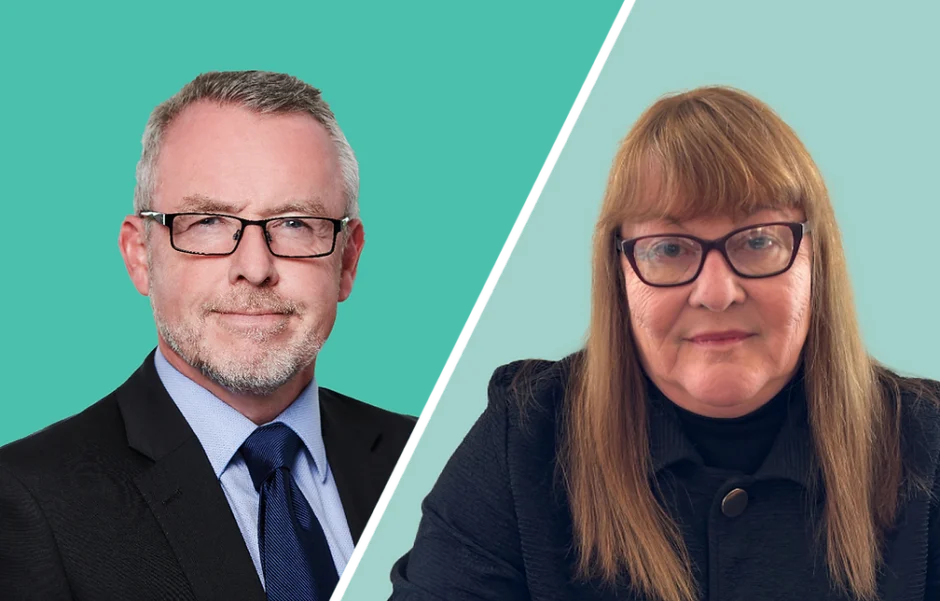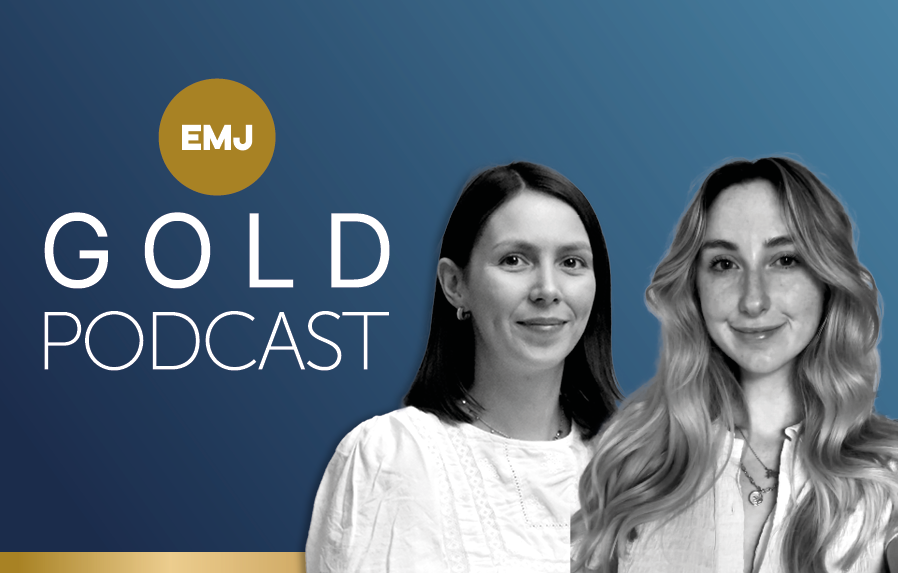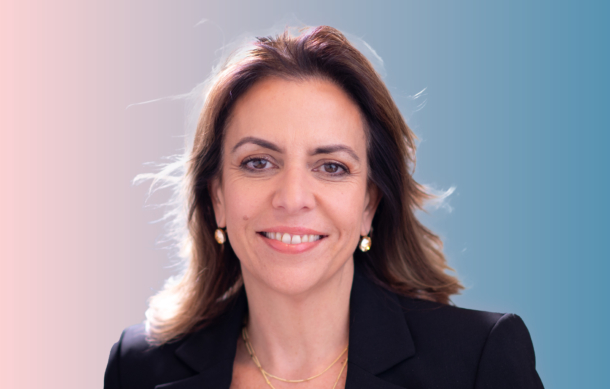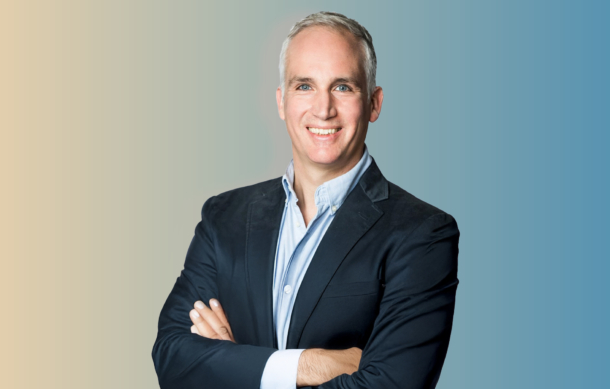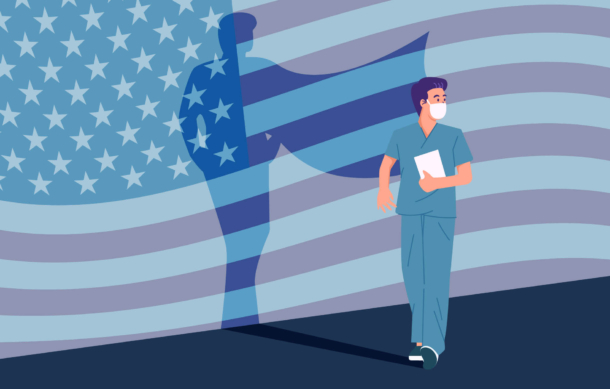With compliance and regulatory hoops to jump through, medical affairs teams can be reluctant to try new tactics. This roundtable uncovers their relationship with risk and asks what the future holds
Interview by Jade Williams
From paper to podcast, websites to webinars and symposiums to social posts, the advancement of technology is finally reaching the medical affairs field.
In this roundtable interview, two experts in medical education explore the function’s relationship with risk and reward. They reflect on what once rocked the boat and is now the norm, and what is currently off-limits but may become more commonplace in the future.
Contributors:
Alan McDougall
Senior Vice President and Head of Medical Affairs, Established Markets, Astellas Europe
Theresa Lukey
Director, Global Engagement Strategy, VMLY&R HEALTH
In the early days of medical affairs, what methods were used to educate HCPs?
McDougall: When I started out 25 years ago, PowerPoint slides were the most commonly used method for medical affairs education. We didn’t have any printed materials like commercial did – though we may have had a clinic paper that would literally be a physical copy – or the PowerPoint deck in full.
More often than not it would be an informal, conversational presentation. If there was a meeting of sorts, you’d have a projector in the room and you’d plug your laptop in and pray the bulb didn’t break! That did happen a few times: they were very unreliable in those days.
We didn’t really have any significant online content either – everyone had a website but they were all horrible. They were full of data dumps and they were near impossible to navigate because of their huge, unwieldly nature. They weren’t customer focused.
Lukey: I love this question because I wouldn’t call medical affairs’ journey a revolution, but an evolution. They’ve always been a great function, but they’ve been a little bit behind the technology curve historically.
In the past, you’d always have a medical website with publications taking around six months to produce. They’d also use these little bitty tables at key congresses like ASCO and ESMO to share information. Now, we’re fortunate to be in a place of change. Over the last ten years, they’ve almost become the face of [pharma] companies for scientific data.
As medical affairs has evolved and new methods have become available, what tools did the function once consider risky that are now more commonplace?
McDougall: LinkedIn posts are an interesting example of this. Now, in the US, very senior leaders will regularly post about products and new licenses. That’s completely okay in an area with direct-to-consumer marketing. However, if you’re based in Europe, there’s still a very strict directive from compliance that if you see something product-related on LinkedIn, you don’t like it or acknowledge it.
Pharma employees in Europe might instead discuss things like new disease state education for a condition that they do have treatments for – and that’s something we previously wouldn’t have done at all. The use of LinkedIn for things like this is definitely interesting, and I didn’t necessarily see things like that ten years ago.
Lukey: An example is when Genentech started a podcast called ‘Two Scientists Walk into a Bar’ and promoted it on Apple. It was two commentators talking through scientific advances and anybody could listen to it! It wasn’t a dinner meeting or a symposium of 60 people that you had to sign up for. That podcast did something magnificent for medical affairs.
Since then, I’ve seen the industry using more virtual forums to create much friendlier and more digestible content than the older long-form content types. We’ve also been seeing more open feedback too. You used to have these little voting machines at congress, but now you can do it on your phone and really close that qualitative feedback loop.
What forms of HCP education does the function consider risky now, but which you believe could become the norm in the coming years?
McDougall: Well, in China everybody uses WeChat. If you don’t use it you’re completely missing out. Every HCP over there uses the app: they’ll look at it multiple times a day – compared to emails which they’ll only glance at once or twice. As such, there’s also WeChat groups of like-minded HCPs.
I think we probably need to get more comfortable with branching out into messenger groups like WeChat and WhatsApp once we have the data security capabilities down. Right now, it’s a bit too risky form a privacy and compliance point of view as you’re not really controlling what’s going on out there.
But our HCPs are really changing – the majority of them are going to be Millennials and digital natives soon. Regulators aren’t really catching onto this or moving as quickly as they need to right now to catch up with this new generation’s preferences, like live chatting services.
Lukey: The use of social media could be really key here because technology has evolved and you can do so much more now. For example, video recording. You can record a video in advance and then livestream it on LinkedIn. This could then be disseminated through MSLs and any lists of HCPs they have. It’ll look like a livestream but in fact only the Q&A will be live. You could also use delay technology to allow a reviewer to monitor the Q&A in real time. Medical could really lean into this more in the future.
AI, of course, is also going to be a huge thing. For example, in real-world data gathering, medical affairs teams could assimilate data and bring it to the market so much faster with AI. We just need to understand all the associated risks.
How will medical affairs need to work differently with compliance and regulators to make this future happen?
McDougall: I think the industry will need to campaign for these groups to move quicker. Not to be lenient in their decisions, but just make decisions faster so that the pharmaceutical industry can keep up with other industries. We’ll have to convince regulators that the intent of these activities is [to make] bona fide, genuine content that is engaging and enables HCPs to more appropriately prescribe the right treatment at the right time.
If your intent is to try and advertise and promote through backhanded means, well, no regulator is going to be excited about that. But if your intent is genuinely to educate, improve the customer experience and ultimately improve patient outcomes, then I think that will be fine.
However, regulators need to be in and they need to be persuaded – and that’s ultimately pharma’s job. Pharma needs to prove that it can be trusted to do things responsibly and that there won’t be some sort of marketing free-for-all, where people will get adverts for branded medicines in their group chats.
Lukey: I think that risk goes away when departments work together and agree with a strategy upfront, like putting together an engagement strategy for the year between medical and compliance. Really discuss: what are you hoping to address?
Medical affairs needs to move from reactive to proactive here. They need to understand how new technology can be regulated and monitored so they can work better with compliance. Everybody’s at a different level of technology adoption, so people also need more compliance training on sites like YouTube, LinkedIn or X/Twitter.
There are third party partners that can help with this too, like Reuters or M3 Group that can work out what those unmet needs are. If medical can work closely with compliance, come together and put that engagement plan in place, they can really accelerate the process.

